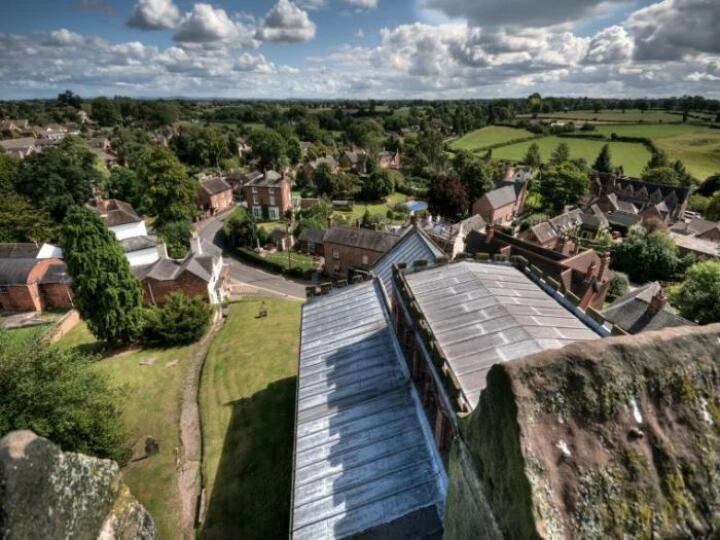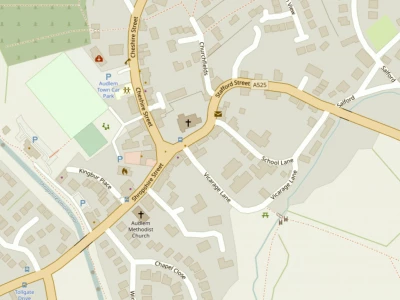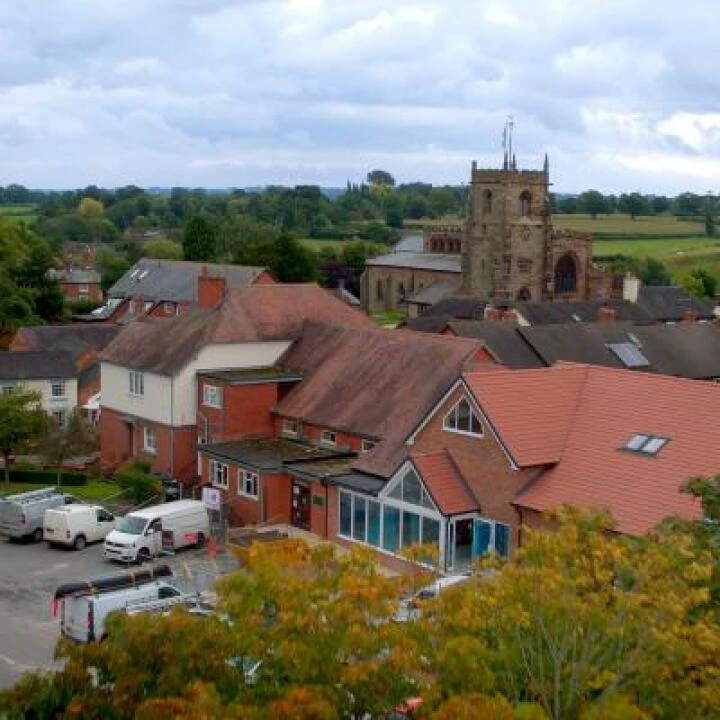



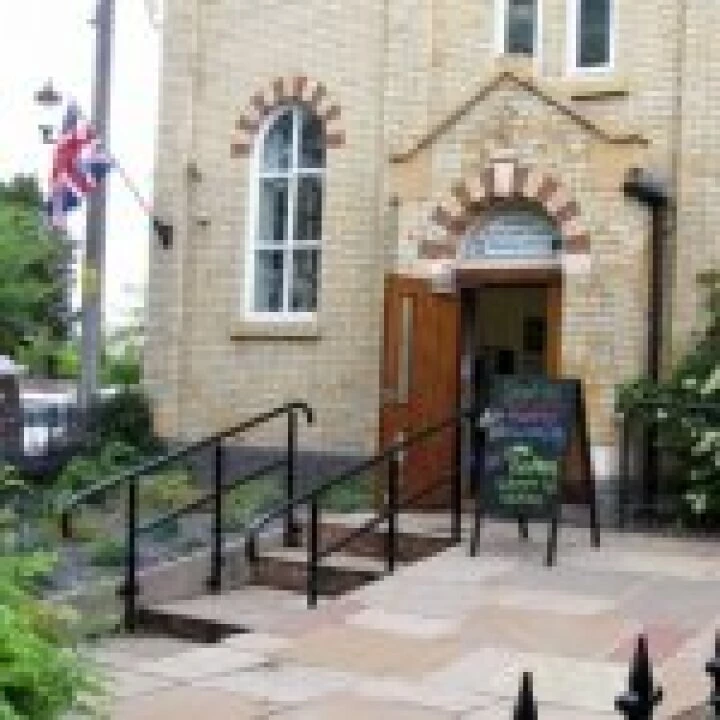
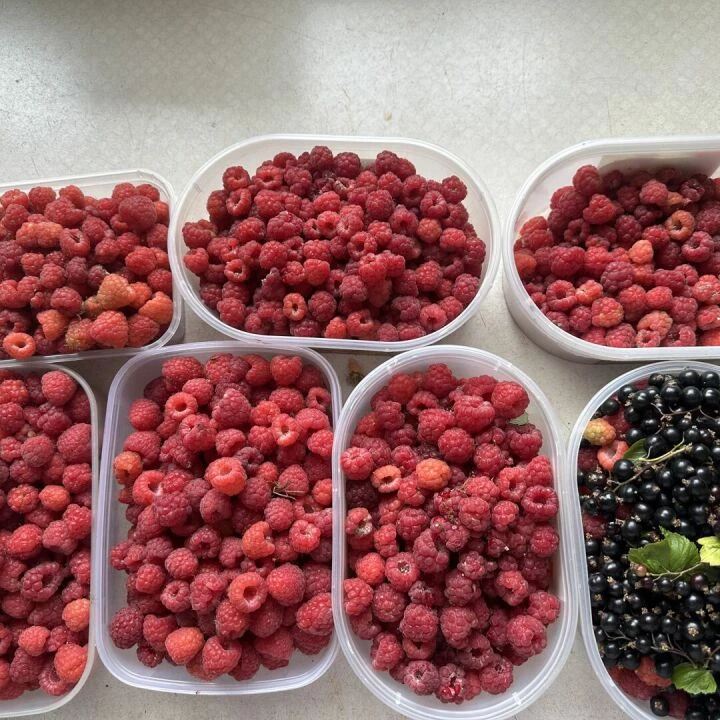

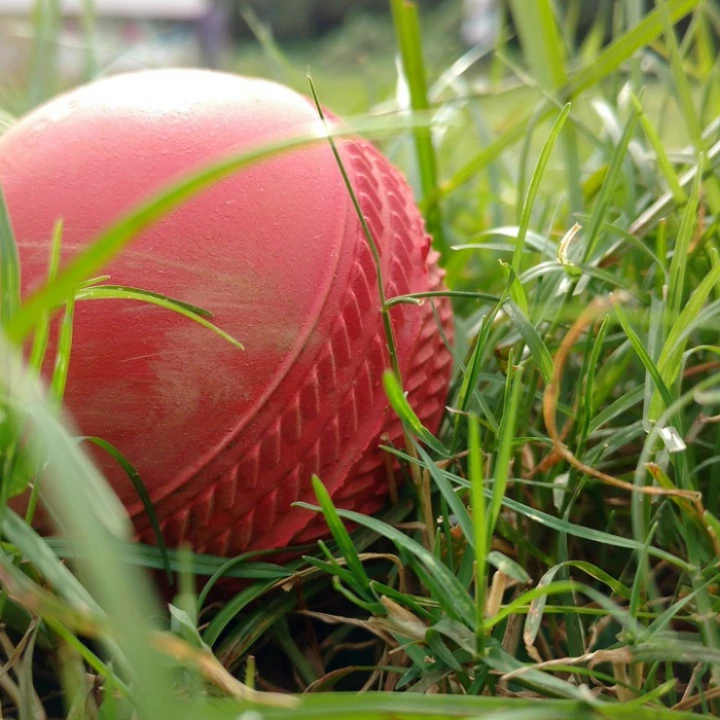
Tuesday night's AWEG (Audlem Wildlife & Ecology Group) meeting including a discussion based on the splendid book Birds of Cheshire & Wirral by David Norman.
The book focuses on two Surveys, the most recent in 2004 – 06 and and an earlier one in 1978 – 84, and plots in detailed maps the numbers and locations of all species of birds breeding and wintering in Cheshire and the Wirral.
Other readers may be interested in some of the observations.
Some changes all will have spotted. The increase in numbers and frequency of buzzards, ravens, Canada Geese and dramatic reductions in cuckoos, yellow wagtails and turtle doves, the latter having disappeared completely.
Hence our Christmas story on AudlemOnline about a change needed in the song The12 Days of Christmas – with "two turtle doves" becoming "two collared doves".
The Top 10 increases were, in order: Buzzard (from rare to common), Canada Goose, Chiffchaff (particularly locally), Mute Swan, Long-tailed Tit, Goldcrest, Barn Owl, Pheasant, Hobby and Nuthatch, with the Raven coming in at No 11.
The big decreases, again in order: Cuckoo, Grey Partridge, Yellow Wagtail, Lesser redpoll, Corn Bunting, Willow Tit, Spotted Flycatcher, Tree Sparrow, Yellowhammer, Linnet (Top 10) closely followed by Skylark, Lesser Spotted Woodpecker and Turtle Dove.
In the Audlem area, there has been a decrease locally of Green Woodpecker – albeit one was seen yesterday in Buerton and the second photo is of that very bird, courtesy of John Vickers – but Great Spotted Woodpeckers are far more common locally. Lesser Spotted Woodpeckers have virtually disappeared from Cheshire although a pair were recorded, also at Buerton, in the latest survey – and have been seen by two AWEG members.
The most widespread breeding bird in Cheshire is the Wren, replacing the Starling in the earlier study which is now the third most widespread, with Blackbird second in both surveys
Breeding birds lost completely in Cheshire are: Nightjar (last in 1980); Dunlin (1985); Twite and Hawfinch (1990); Whinchat (1991) and Turtle Dove (2000)
In contrast, a number of regular Breeding birds have been gained – Gadwall (1981); Black-necked Grebe (1987); Peregrine (1989); Raven (1991); Goosander (1995); Hobby (1998); Avocet (2002); Lesser Black Backed Gull (2003) and Cormorant, Little Egret, Mediterranean Gull and Siskin (all in 2004).
Cheshire covers 1% of UK. It is of national importance for Grey Heron (4.2% of national numbers); Nuthatch (3.9%); Long-tailed Tit (3.6%) and Lesser Whitethroat (3.4%).
In 1950, Cheshire used to be 'the county for Yellow Wagtails' but those summer visitors are now unusual but Grey Wagtails, which are here all year round, have increased.
The Mistle Thrush is in steep decline around Audlem as a breeding bird but they are here in winter still. Bullfinch numbers are also down locally.
Cheshire has two of the five largest heronries in Britain – Marbury (Largest in Britain) and Eaton Hall (3rd). One tree at Radnor Meer had 18 nests. There are around 650 heron nests in Cheshire.
Other changes mentioned at the meeting: Dippers have been seen locally (a trend confirmed by Atlas); Black-necked Grebe and Whooper Swans near Burleydam; an increase in barn owls: a little owl seen between Audlem and Woore on 28th December; a swallow in November 2014; more Goldcrests; more wintering Blackcaps and Chiffchaffs but much fewer Willow Warblers.
This article is from our news archive. As a result pictures or videos originally associated with it may have been removed and some of the content may no longer be accurate or relevant.
Get In Touch
AudlemOnline is powered by our active community.
Please send us your news and views using the button below:
Email: editor@audlem.org

